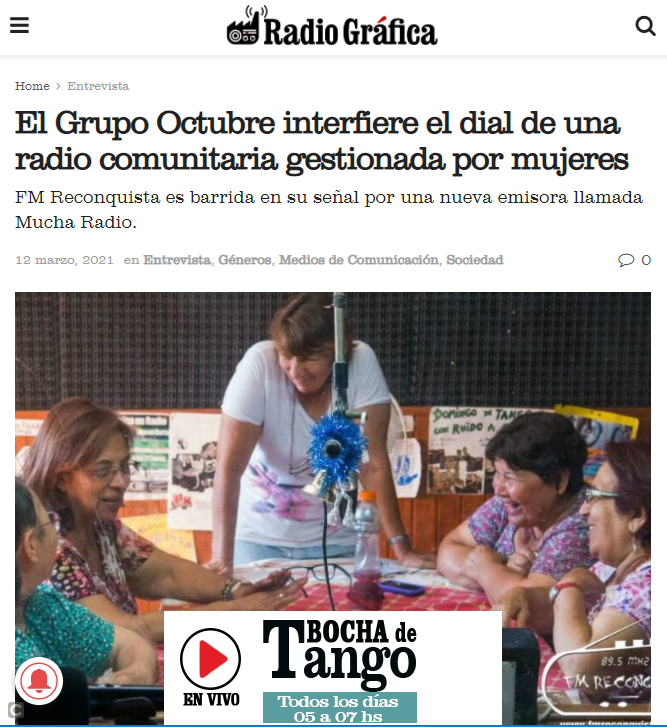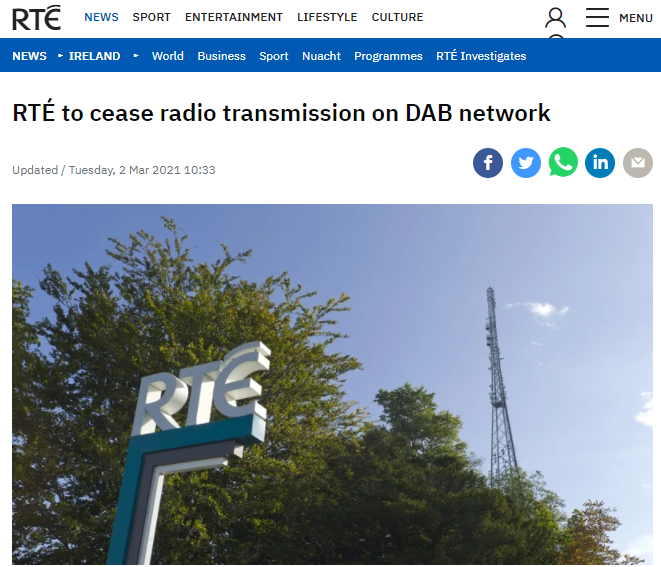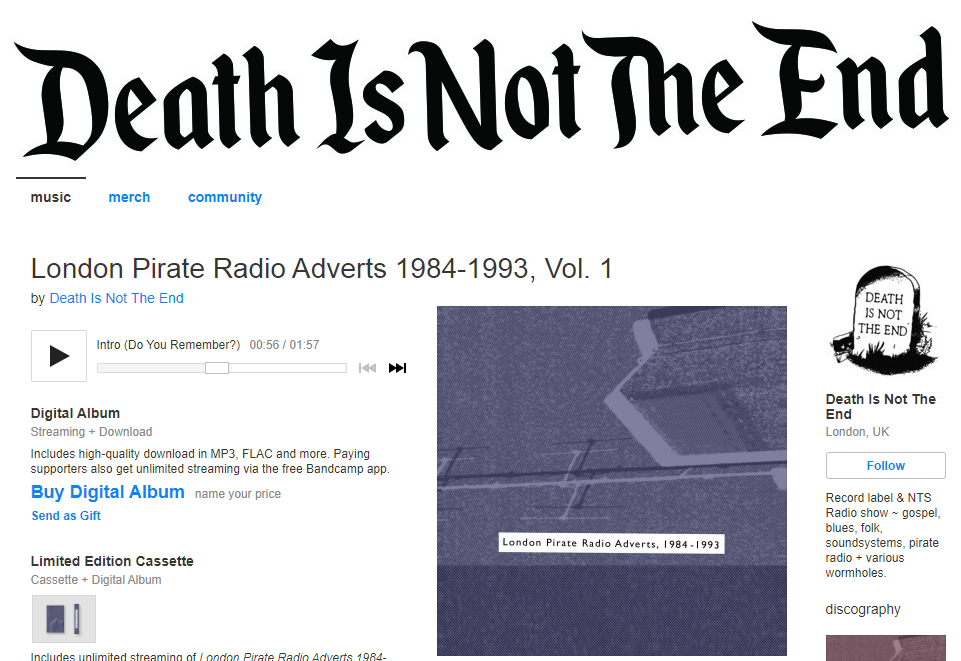
Source
This is one of the many stories of small local stations being overwhelmed by the signal of a more powerful station. In FM, such situations occur when the airwaves are not regulated, but it is surprising if both stations are authorised by the regulator. It is happening in Greater Buenos Aires, the metropolitan area with almost 15 million inhabitants, comprising 15 municipalities and 48 districts.

Source
Since September 2020 FM Reconquista, a community station operating on 89.5 MHz in José León Suárez (7 km from the urban area) has been “covered” by Mucha Radio‘s signal. The distance between the two antennas is less than 14 km, but the difference in power is enormous: the community station, on the air since 1988, transmits with 1 kW, the commercial one with 40 kW. Yet both were authorised by Enacom (Ente Nacional de Comunicaciones), which regulates telecommunications in Argentina.

Source
As long as Arpeggio FM (a classical music station, now closed) was on 89.5 MHz, there were no problems: its antenna was in a historic 18-storey skyscraper located at 651 Uruguay Street, 21 km from José León Suárez (7 km further than Mucha Radio’s), and according to FM Reconquista the station used a power of 5 or 6 kW (compared to the 20 kW authorised). This was explained by Margarita Palacio from the organisation that manages the station, in a lengthy interview that appeared on the website of Radio Gráfica, another station in the capital that broadcasts on a nearby channel, 89.3 MHz.












